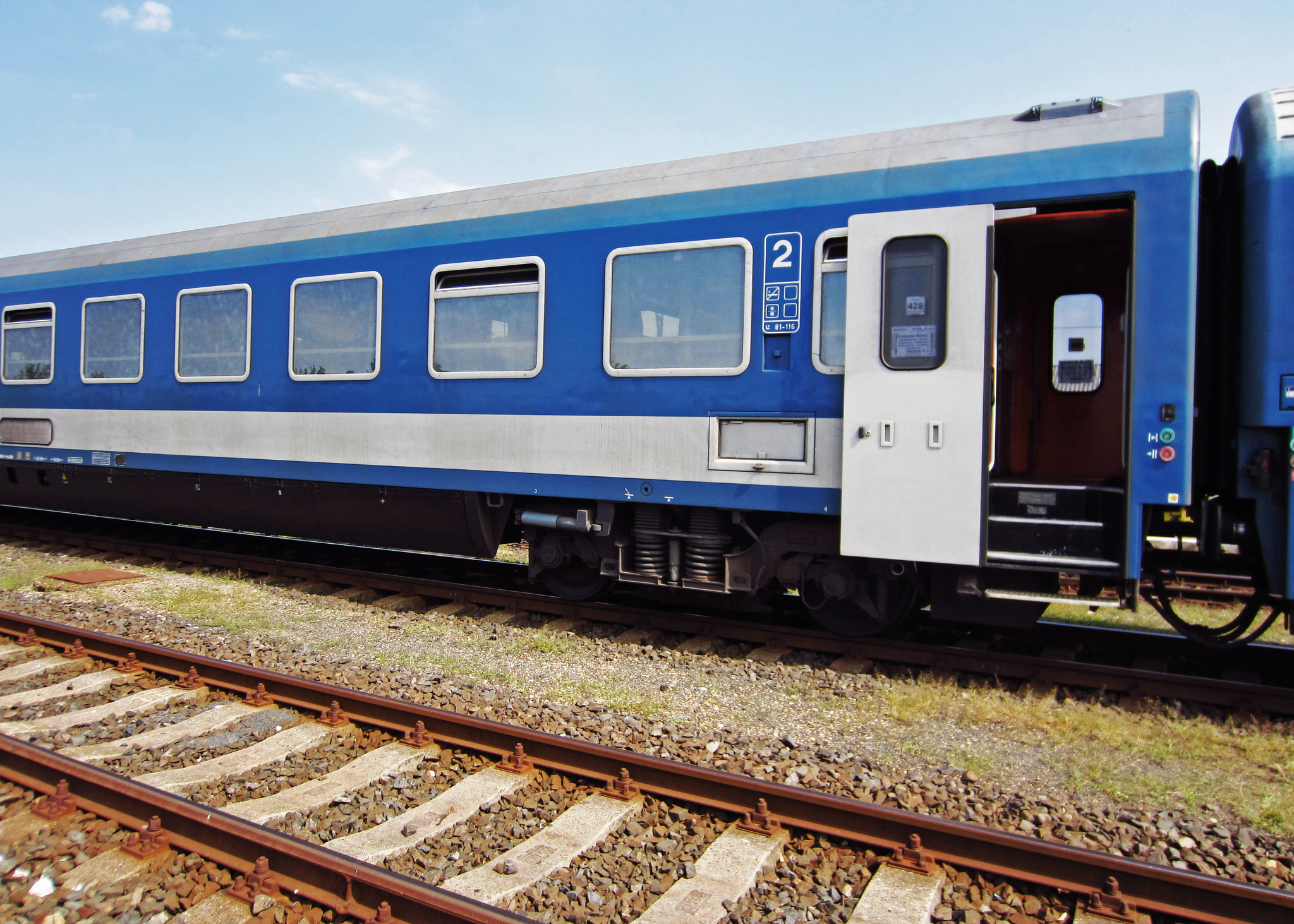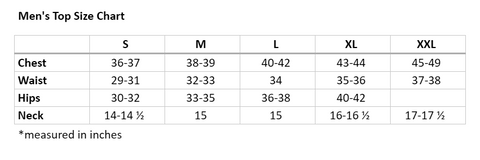
Travel as Access

Travel can be many things: it can be getting from A to B; it can be a sense of motion; it can be an escape, a move, or it can just be aimless wandering. All of these things involve access – access to somewhere or something else. Access lies at the heart of travel.
When travel is conceived of as access, it reframes the purpose not of travel, but of the tools of travel. Just about anything can be used to travel; Pixar’s Up reminds one that you could, conceivably, even travel with your home. As great as that might seem, it was quite unwieldy. The tools of travel, like the tools of any other craft, can be more or less suited to their purpose. This is why access is a useful idea: it allows for the design of suitable tools of travel towards an end, without defining the end.
Admittedly, this may all sound a little abstract. But think about a trip – perhaps you’ve planned and anticipated it for years, or maybe chance dropped you into a different place. Maybe you’re in a quiet corner of rural Kenya, or you’re in the pulsating center of Osaka. Wherever it is, you have to decide what to do. You may or not have been here before, but you’re traveling, and there’s sure to be something, many things, new to explore. How do you find them?
If you’ve packed clothes which mark you as a certain type of different, the person you ask directions of might only recommend that which they see as suiting that style of different. If you have a suitcase the size of your dresser, packed for all contingencies, you’ll probably be tied to a hotel or storage area, and precious hours of each change in location will be dedicated to storage instead of exploration.
It’s the reality of our world that in most places anyone goes, they won’t look or sound or behave like those around them. You probably won’t ever quite fit in, at least not without huge investments of time and effort, if even then. That’s not travel, per se, though; that’s more resettling.
What you can do is acknowledge local values and habits, without appropriating them. You can cloak your precise cultural origin, to avoid the baggage of local prejudice. You’ll always be from somewhere, but you can keep others’ focus not on that but on where you are now, instead. And you can make sure you aren’t carrying so much with you that you can’t chase after an opportunity.
The apparel and tools you travel with can be selected and designed to address this purpose as carefully as those of a craft such as mountain climbing. They require a recognition of common elements of travel, such as ease of carry, security, and placeless fashion, while admitting a flexibility of uses and contexts not available in similar clothing or equipment. They can be designed to fit as many experiences as possible, so that when you encounter an opportunity, whatever it could possibly be, you can chase it.
That’s the idea of access. And that’s the guiding principle underlying the functional design, the fashion, and the brand we’re trying to build with Anywhere. Avid travelers ourselves, we haven’t found anyone who consistently offers clothes and tools designed towards this ideal. As a result, our own backpacks and suitcases are filled with a hodgepodge of brands and things.
We’re trying to refine a set of clothes and accessories which will consistently help you get the most out of your travels, open the most doors in your explorations – rural and urban, foreign and domestic – and work so well, you barely realize you own it. As we roll out our initial line, and in the coming years make it better and more diverse to address different types of trips, we hope you’ll give us a look.
Leave a comment
Comments will be approved before showing up.
Also in Discover





